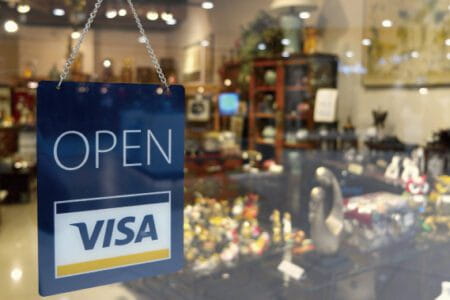
Global payment service provider Visa announced on Thursday that the company will expand the functionality of its stablecoin settlement platform, adding support for three new stablecoins and two blockchain networks to facilitate settlement transactions between issuers and acquirers.
Visa stated in a press release that its settlement platform now adds support for PayPal-issued USD stablecoin PYUSD, Paxos-issued USD stablecoin USDG, and Circle-issued Euro stablecoin EURC. Additionally, customers using its stablecoin services can now accept related tokens via Avalanche and Stellar blockchains.
Prior to this, Visa's stablecoin service only utilized Circle's USDC and supported the Ethereum and Solana blockchains.
Rubail Birwadker, Head of Global Growth Products and Strategy Partnerships at Visa, stated:
"We believe that when stablecoins possess credibility, scalability, and interoperability, they can fundamentally change the way money flows globally."
Visa has launched several cryptocurrency-related initiatives. In April of this year, the company partnered with Bridge, a stablecoin company under payment service provider Stripe, to launch a Visa financial card supporting stablecoins in Latin American countries.
Unlike cryptocurrencies such as Bitcoin and Ether, the value of stablecoins is typically pegged to stable assets like fiat currencies to reduce price volatility. They were initially used primarily by traders to transfer funds without relying on traditional banks. However, now not only banks but also large corporations and even some state governments in the U.S. have shown interest in issuing stablecoins, hoping to expedite payment processes through blockchain technology.
In July this year, U.S. President Trump signed the GENIUS Act into law, marking the first complete federal framework for stablecoin issuance and regulation in the U.S., which clearly specifies the requirements for issuers, reserve and auditing standards, and establishes clear rules on how stablecoins can be used and traded in financial markets.
Reference
Source



